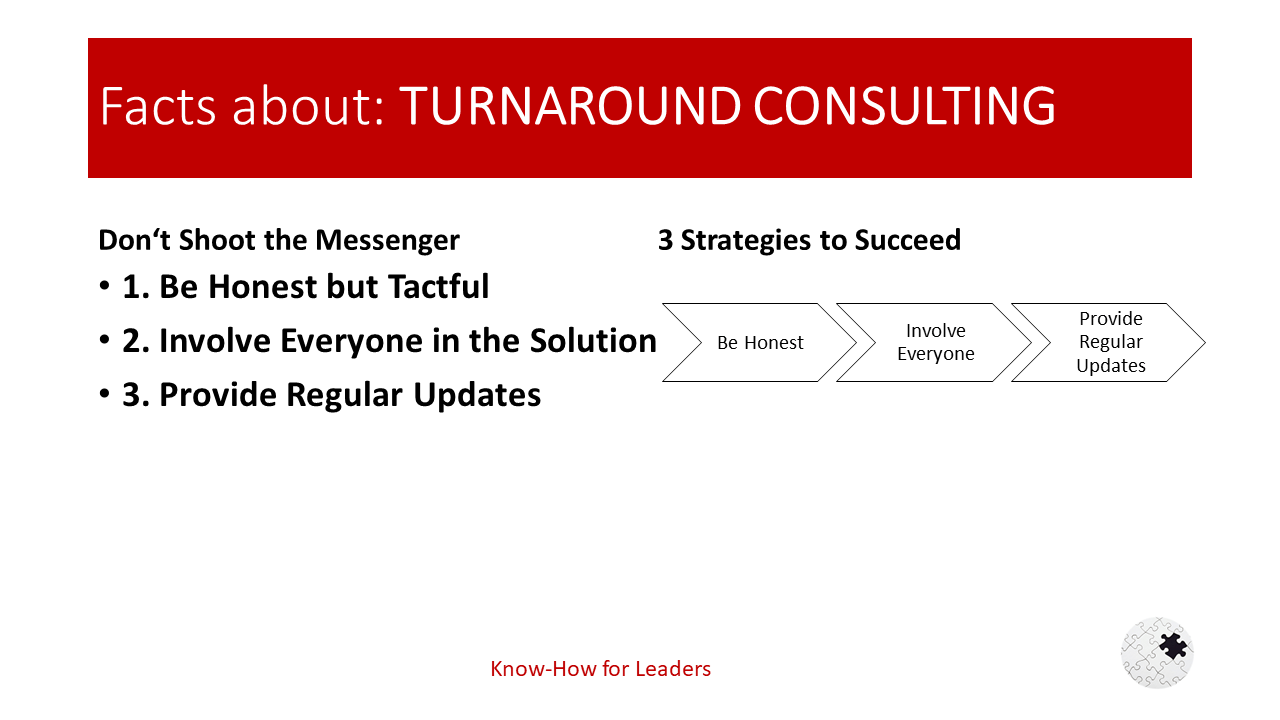Problem:
In the world of business, it’s not uncommon for companies to find themselves in a bit of a mess. Whether it’s due to poor management, lack of strategic planning, or simply the result of rapid growth, these messes can have serious implications on a company’s success and longevity. In such situations, companies often turn to experienced consultants to help clean up the mess and get things back on track. However, this presents a unique challenge: how does one communicate the extent of the mess to those who created it and are responsible for it? This is a delicate task that requires tact, diplomacy, and a keen understanding of human nature.
Impact:
The experienced consultant has confirmed what was suspected: the processes and operations are indeed a mess. The impact of this revelation is significant. It means that changes need to be made – and quickly – if the company is to survive and thrive. But communicating this news is not easy. Those responsible for the mess may be defensive, resistant to change, or simply in denial about the state of affairs. This can lead to tension, conflict, and further disruption within the company.
Solution:
So how does one navigate this tricky situation? Here are three strategies for communicating the mess:
1. Be Honest but Tactful: Honesty is always the best policy but it needs to be delivered with tact. Avoid blaming individuals and instead focus on the issues at hand. Use facts and data to support your points and make sure your communication is clear and concise.
2. Involve Everyone in the Solution: People are more likely to accept criticism if they feel they are part of the solution. Involve everyone in identifying problems and brainstorming solutions. This will not only help diffuse potential defensiveness but also foster a sense of ownership and commitment towards resolving the issues.
3. Provide Regular Updates: Keep everyone informed about progress being made in cleaning up the mess. Regular updates can help maintain momentum and keep everyone focused on the end goal.
Case Studies of Successful Turnaround Strategies:
There are numerous examples of companies that have successfully turned around their fortunes after finding themselves in a mess. One such example is IBM, which was on the brink of bankruptcy in the early 1990s. The company brought in an experienced consultant who was brutally honest about the state of affairs and made sweeping changes. Despite initial resistance, the company eventually turned around and is now one of the most successful tech companies in the world.
Next Steps for the Experienced Consultant:
The next steps for the experienced consultant involve implementing the strategies outlined above. This will involve a lot of communication, negotiation, and problem-solving. It’s important to remember that change takes time and patience will be required. However, with persistence and a clear plan of action, it’s possible to clean up the mess and set the company on a path to success.
